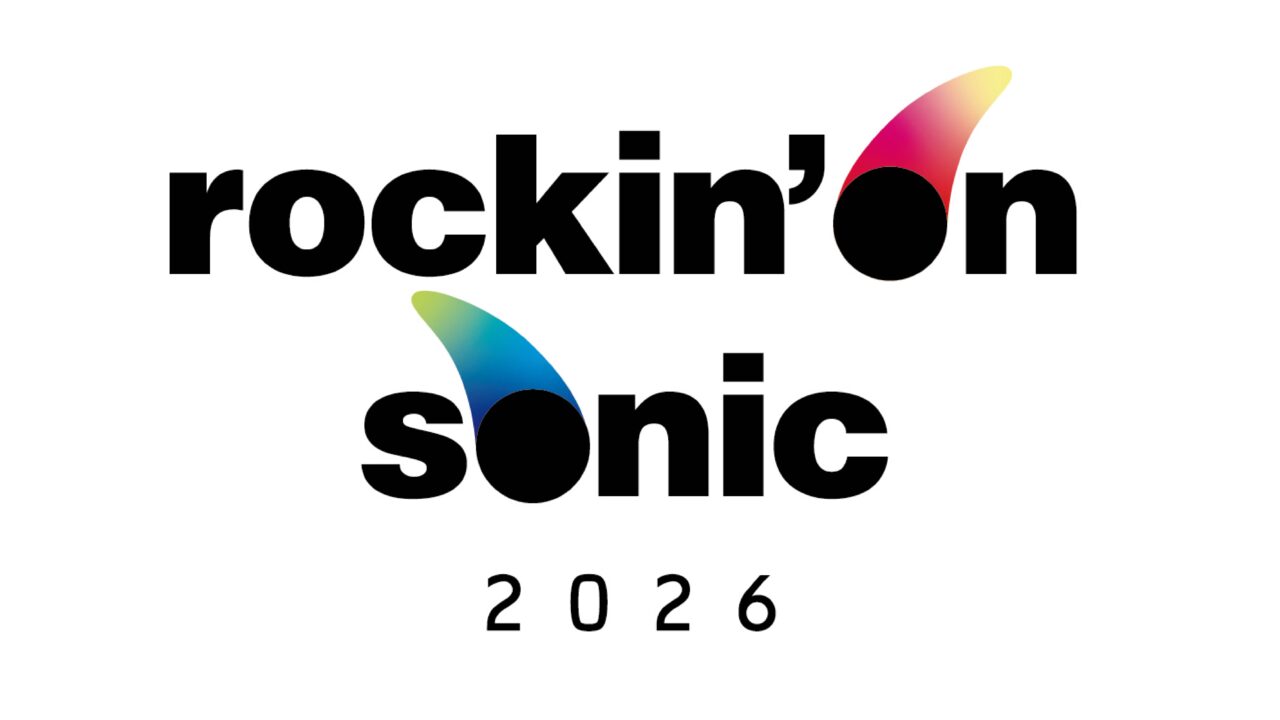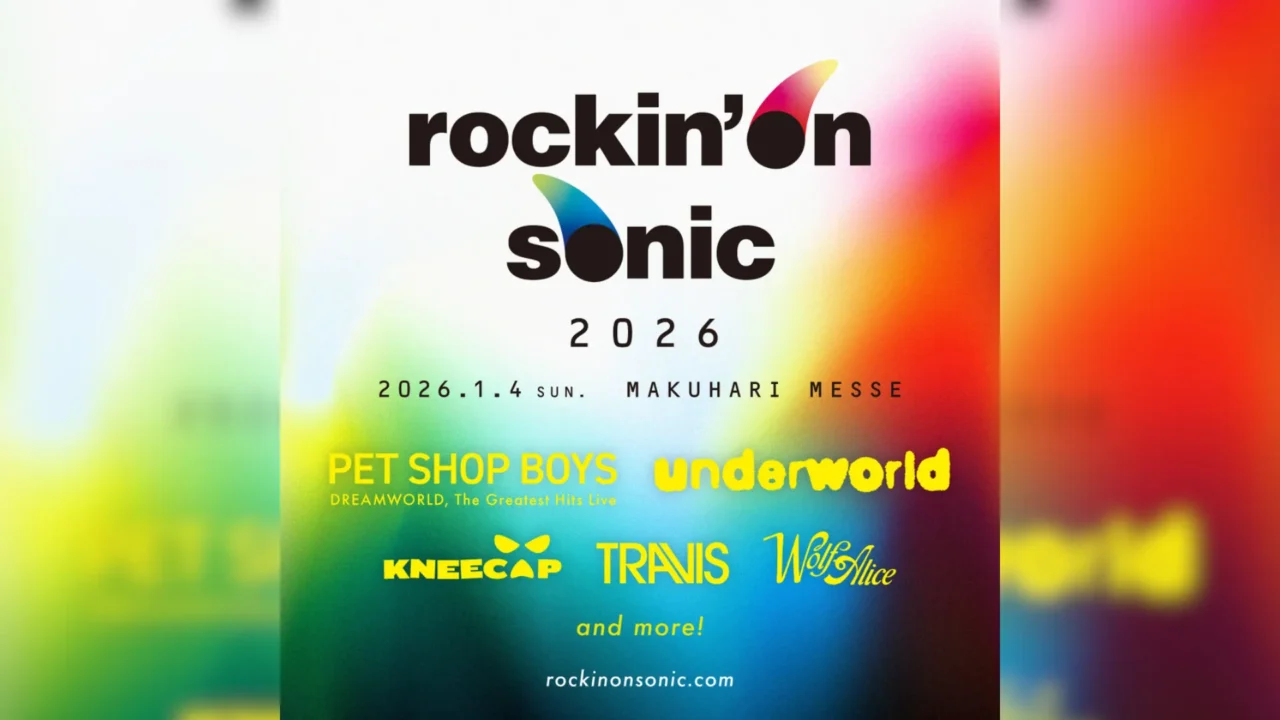INDEX
Contrasting Techniques and Mindsets
What is the role in live events and concerts?
Sasaki: PA stands for “Public Address,” which essentially means public broadcasting.
DMX: It’s about spreading the sound.
Sasaki: Generally, a PA engineer adjusts the volume and balance of the sound produced by the artist using a console, and ultimately, that sound is played through the speakers. For the artist, the sound they produce goes through the PA engineer’s filter, so it’s important to understand the artist’s intentions. In our company, we refer to this as “Sound Reinforcement” or SR, which focuses more on the sound itself. These roles are often collectively referred to as PA. Additionally, people like Dub and Ucchi are called “Dub Engineers.”
Uchida: That being said, I started doing this job without any knowledge, so in the beginning, it was full of accidents. Even though the equipment used in recording and PA is the same, the methods are completely different. In fact, the approaches and thinking are almost the opposite. Without knowing that, I was operating the console like I would for a recording session, which led to all sorts of accidents. I started completely self-taught, without even mastering the basics.n, with no basic skills at all.
What do you mean by “accidents” in the context of a PA setup?
DMX: Feedback. When feedback occurs, you can only cut that point out with the EQ.
Sasaki: You don’t understand those things at first. I was at a company, so I was taught the basics before going into the field. But with PA, it always starts with tuning the speakers. There are a lot of critical points in that process, and if you don’t know them, it can be a problem. When you start with recording, you miss that step.
Uchida: Since I started PA without knowing that, when feedback occurred, I was in a state of “I don’t know where it’s going wrong” and ended up panicking, thinking, “Oh no! Oh no!” [laughs].

DMX: There were a lot of times when it felt like walking a tightrope. It was scary to take the “all mute” button off on the console. Just before a live show starts, when you remove the all-mute button and noise comes out, you’re like, “What do I do!” [laughs]. But looking back, I wonder why there was so much feedback back then.
Sasaki: Nowadays, there’s much less feedback. The performance of speakers has improved, and the initial setup is significantly better than before. To be honest, even an amateur can get a decent sound now. Also, back then, there weren’t many well-equipped live houses in terms of acoustics. PA at clubs when doing live shows was difficult too. The speaker placement and the overall sound design were completely different from live houses.
DMX: PA at clubs was tough! People like San-chan, who were in PA companies, didn’t start out being told, “What the hell are you doing, causing feedback!” They worked under senior people. For me, just like Ucchi, it was self-taught. I’d ask experienced PA people, “How do you do that?” and they’d tell me, “Figure it out yourself,” and then I’d end up causing accidents. That’s how I learned.

























